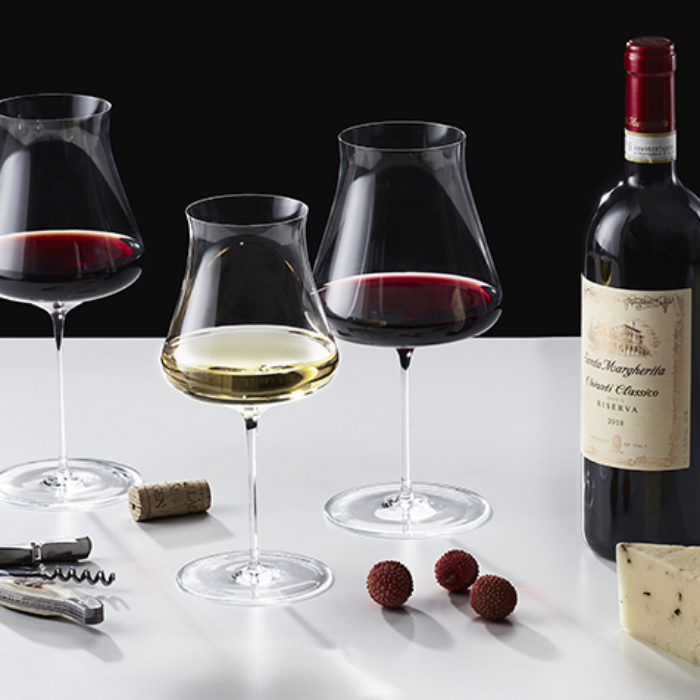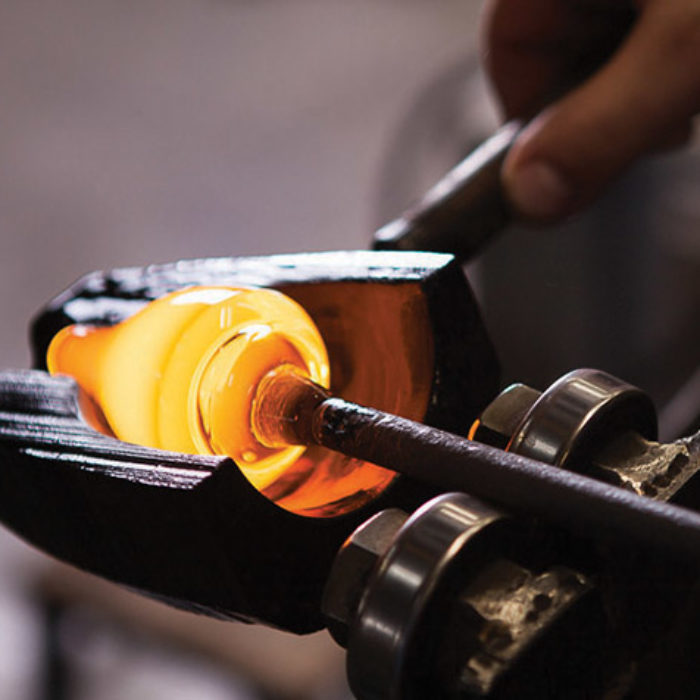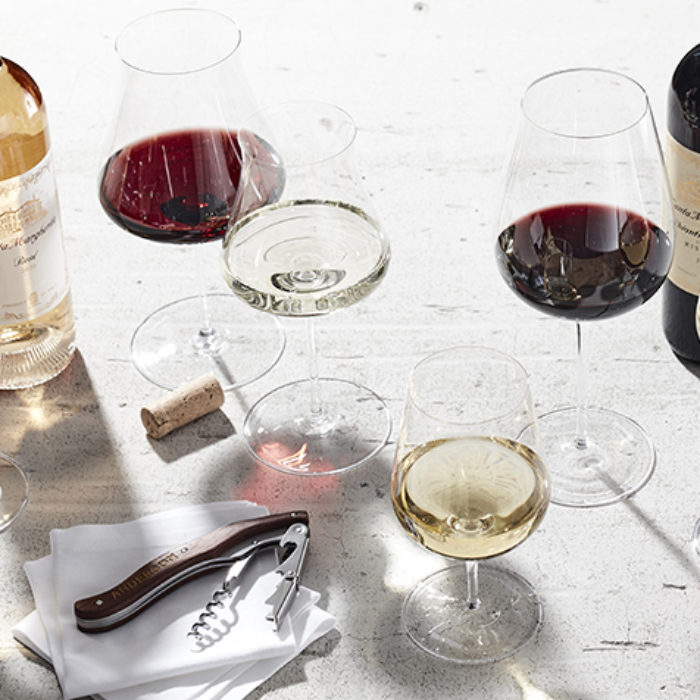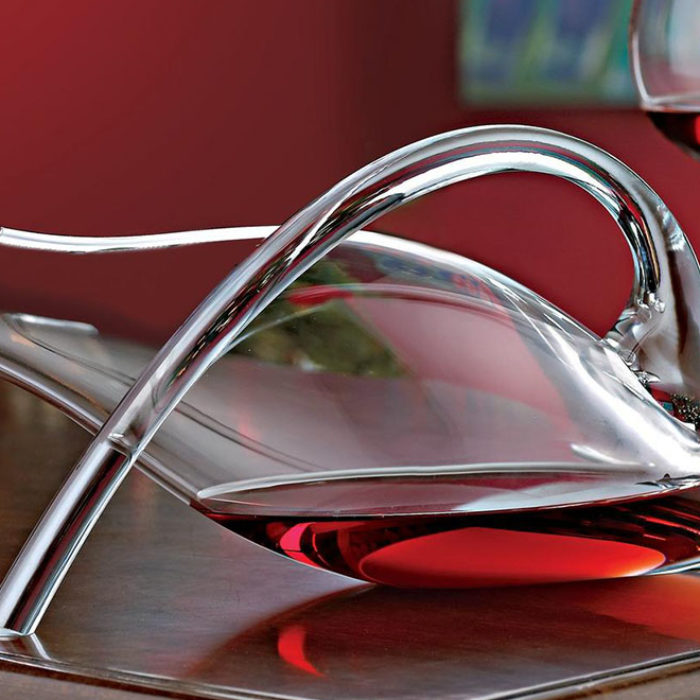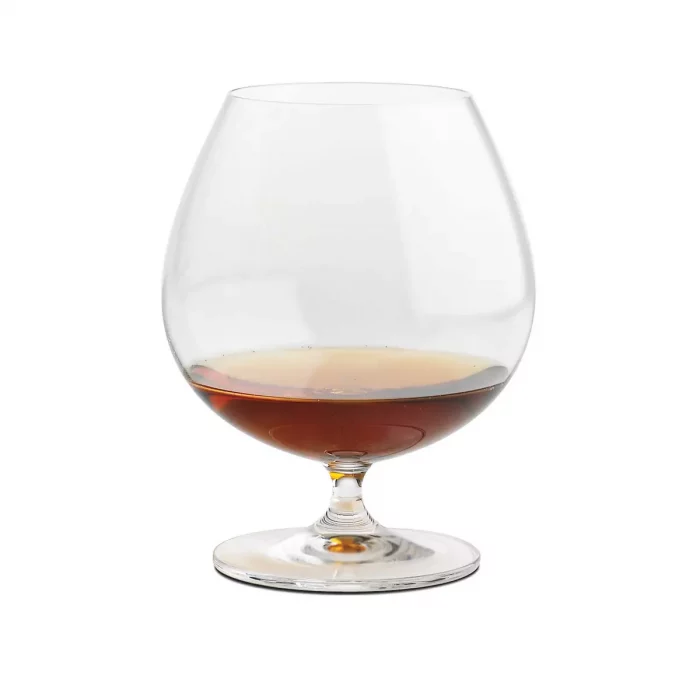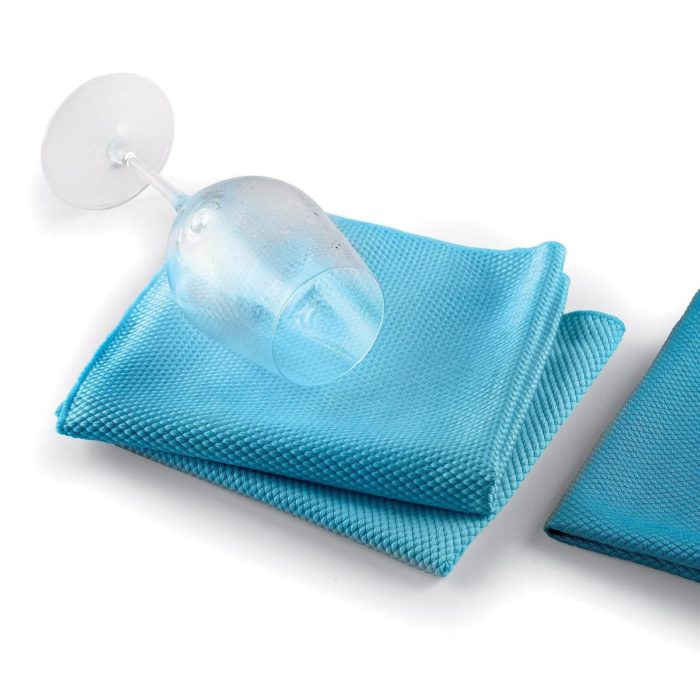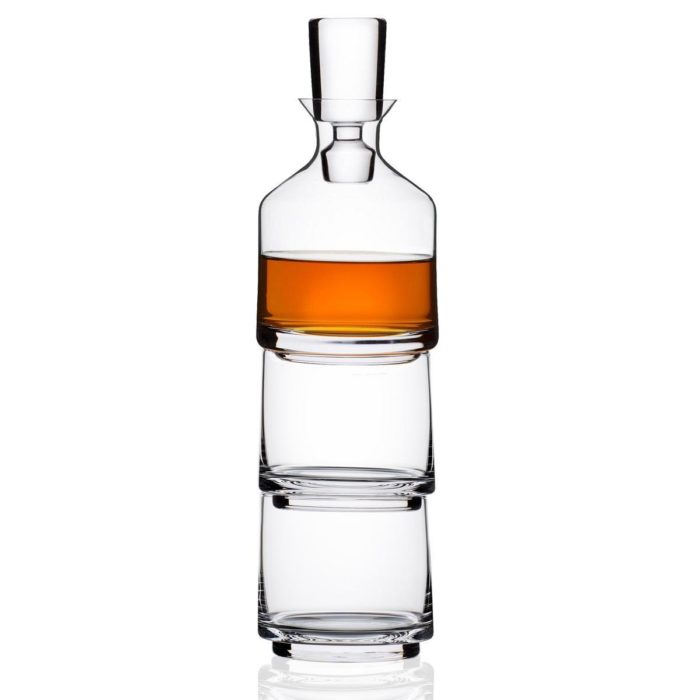Jump to: Why Do Glasses Have Stems? | Standard Height in Inches | Short vs. Long-Stemmed Glasses
When shopping for stemware, there is no shortage of options. But while shape and dimension are the most common considerations, one oft-overlooked aspect of wine glasses is their height. Just as the width and curve of the glass’ bowl will impact your drinking experience, so, too, can the wine glass stem size and height of the glass.
In this article, we’ll focus exclusively on stems and discuss how their design affects the wine you enjoy.
Why Do Wine Glasses Have Stems?
The standard vessel for drinking wine has changed significantly over time. Early opaque footed goblets reserved for religious ceremony have long since given way to the dynamically formed, crystal-clear, stemmed pieces that are frequently used today. The stem is much more than a style development, however.
Aside from decoration, there are two reasons that wine glasses have stems:
- Stems allow for swirling. Proper swirling, that is, with two fingers on the foot guiding the glass in tight, counterclockwise circles on a flat, sturdy surface. The act of swirling agitates the wine, which heightens both flavor expression and aroma.
- Stems help maintain temperature. The proximity of your hand to the glass can generate enough body heat to warm its contents—especially on a hot summer day or in contrast with a cold blast of AC. This is why the proper way to hold a wine glass is by the stem and not the bowl. Although less of a concern with reds, whites and sparkling wines can be quite temperature-sensitive and will be much more enjoyable if kept closest to their optimal serving temperature.
Related: Does Swirling Wine Do Anything?
What’s an Average Wine Glass Height?
The average wine glass is 6-10 inches tall, with some variation for specialty wine glasses.
Red wine glasses are often just slightly taller than white wine glasses. Depending on the manufacturer, they often have larger bowls to concentrate the wines’ aroma. Most red wine glasses stand around 8 inches tall.
White wine glasses tend to be a bit shorter, and feature slightly smaller bowls to keep the wine chilled longer in the glass. Most white wine glasses are 6-7 inches tall.
Short-stemmed glasses, like snifters or port wine glasses, are typically 5-6 inches tall.
Related: The Difference Between Red and White Wine Glasses
Why Use Short vs. Long-Stemmed Wine Glasses?
Short-stemmed glasses offer a few benefits over long-stemmed glasses. Some pros of using a short-stemmed wine glass include:
- More stability. It’s more difficult to knock over a short-stemmed glass. The center of gravity is lower, making them less prone to tipping, and their height makes it easier to clear while gesticulating or passing dishes over a shared meal. This is especially true when enjoying a dessert wine at the end of a few glasses/courses!
- Easier to hold. Drinkers with dexterity issues may feel more secure with a short-stemmed glass.
- Allow for warmth. When tasting certain spirits like aged brandy, you may actually want your hand to warm the glass slightly.
- Easier to care for. Long-stemmed glasses don’t always fit easily into the dishwasher (if they even fit at all). And the longer and thinner the stem, the more fragile the glass. Washing, drying and storing glassware is a more delicate task with long-stemmed bowls.
On the other hand, there are many reasons why you might prefer long stem wine glasses or extra-long stems. After all, the stem is the standard! Perks of using a long-stemmed wine glass include:
- Easier swirling. Swirling is not impossible with stemless or short-stemmed glassware, but it sure is difficult. Generally speaking, the longer the stem of a glass is, the easier it is to swirl.
- Greater depth. Especially with reds, the ability to accurately swirl the glass’ contents can enormously impact the quality and characteristics of the wine. You won’t get the same aromas, breath or level of complexity without a stem to conduct the tasting.
- Less smudging. Purists abhor the thought of touching or holding wine glasses by the bowl while drinking, as this may produce fingerprints and smudges. The stem height of your average wine glass prevents the need for any unwanted contact—from the sommelier, server or consumer.
Short vs. Long-Stemmed Wine Glasses: It’s up to You
There are benefits to all heights of stemmed glassware. It just depends on your preference and what will provide you the best tasting experience. So, keep that in mind as you shop for glasses, as well as the best practices for varietals.


